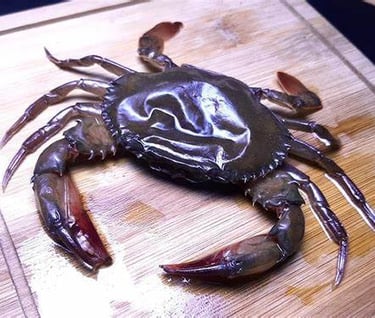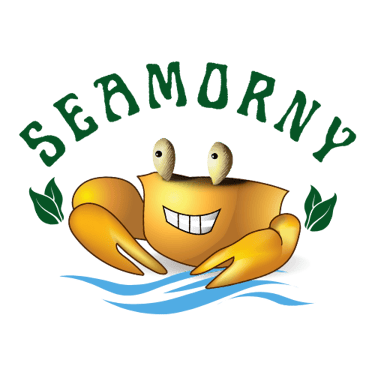Culinary Alchemy: The Science of Soft-Shell Crab Farming
RECIPE


Dive into the world of soft-shell crab aquaculture where science and technology come together to transform ordinary crabs into extraordinary culinary delights. Discover the secrets behind producing these tender, flavorful treasures consistently, and explore how advanced techniques are shaping the future of sustainable seafood. Join us on a journey from shell to plate and uncover the fascinating art of soft-shell crab farming.
The Art of Soft-Shell Crab Aquaculture: Technology and Techniques
Soft-shell crabs, with their tender, delectable meat and delicate flavor, are a seafood delicacy cherished by food enthusiasts worldwide. But have you ever wondered how these culinary treasures are produced consistently? The answer lies in the world of soft-shell crab aquaculture, where advanced technology and specialized techniques come together to create this culinary marvel.
Understanding Soft-Shell Crabs
First, it's essential to understand what soft-shell crabs are. They are not a distinct species but rather a stage in the life cycle of certain crabs, often blue crabs. Soft-shell crabs are crabs that have recently molted, shedding their hard exoskeletons and emerging with a soft, edible shell.
The Role of Aquaculture Technology
The production of soft-shell crabs involves a careful blend of aquaculture technology and biology. Here's a glimpse into how technology plays a vital role in the soft-shell crab aquaculture process:
1. Monitoring Molting Cycles: The key to producing soft-shell crabs is controlling their molting cycles. Advanced technology is used to create and maintain conditions that encourage molting. This includes monitoring water temperature, salinity, and other environmental factors.
2. Hatchery Management: Soft-shell crab aquaculture begins in hatcheries, where young crabs are reared. These hatcheries utilize technology to ensure that juvenile crabs have access to proper nutrition and environmental conditions that support healthy molting.
3. Recirculating Aquaculture Systems (RAS): RAS technology is employed to control water quality, creating the optimal conditions for molting. It helps maintain stable parameters required for successful soft-shell crab production.
4. Feeding and Nutrition: Specialized feeding regimes are implemented, delivering precise diets to crabs to ensure they have the necessary nutrients to grow and molt into soft-shell crabs.
5. Harvest Timing: Timing is critical. Soft-shell crabs must be harvested immediately after molting, while their shells are still soft but before they harden again. Technology helps monitor and identify the ideal harvesting window.
6. Water Treatment: Proper water treatment and filtration are essential to maintain clean water, which is crucial for molting and preventing infections during the soft-shell stage.
7. Handling and Processing: Soft-shell crabs are delicate and require careful handling during harvesting and processing. Automation and technology can assist in minimizing stress on the crabs.
8. Market Preparation: Once harvested, soft-shell crabs need to be prepared for the market. This includes cleaning, packaging, and possibly freezing or shipping to customers. Technology helps maintain product quality during these stages.
9. Data Analysis: Data analytics play a role in soft-shell crab aquaculture by tracking molting patterns, growth rates, and overall health. This data-driven approach helps optimize production.
10. Sustainable Practices: Sustainable aquaculture practices are a top priority. This includes waste management and responsible sourcing of feed to ensure soft-shell crab production does not harm the environment.
In conclusion, the art of soft-shell crab aquaculture combines scientific expertise and technological innovation to produce these sought-after delicacies consistently. The result is a culinary experience that delights the palate and showcases the potential of sustainable seafood production.
The next time you savor a soft-shell crab dish, you can appreciate not only its exquisite taste but also the intricate art and technology that go into making it available year-round. Soft-shell crabs are a testament to the harmonious marriage of nature and innovation in the world of aquaculture.
